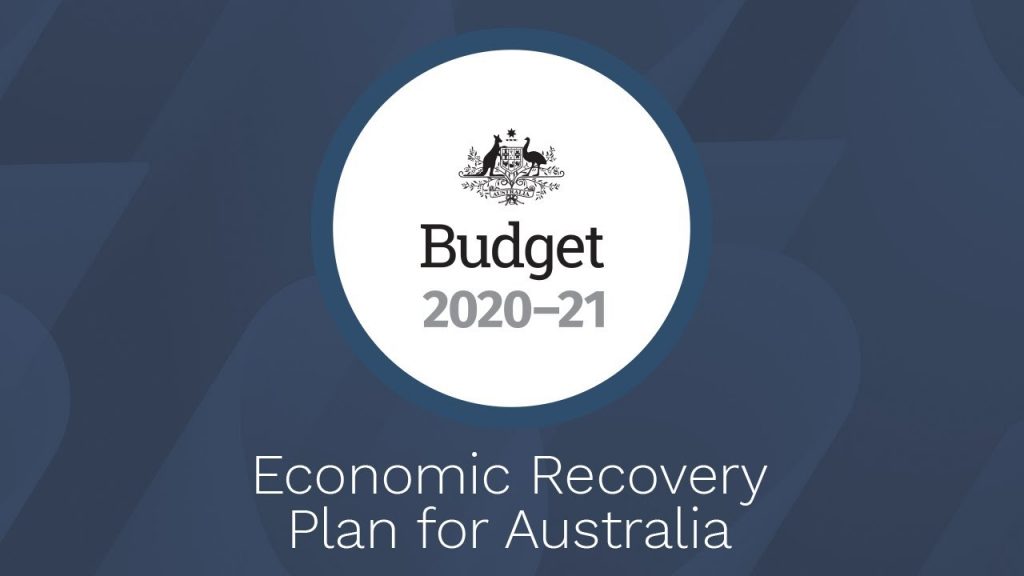On Tuesday night, the Treasurer, Josh Frydenberg, announced his second pandemic budget.
There was spending and lots of it.
In all, $74.6 billion in new spending measures over five years.
Of course, with spending comes debt.
But the with an election on the horizon, the government is appealing to as many voters as possible to strengthen its case to be returned to power.
Here’s a quick breakdown of the budget numbers:
- $161 billion: the budget deficit
- $213 billion: the projected deficit before revised unemployment rates
- 5%: the unemployment rate
- 25%: economic growth in 2020-21
- 25%: economic growth in 2021-22
Compared to some economies around the globe, Australia’s has been resilient.
Australia’s low COVID-19 numbers have set up the economy for recovery. Businesses are back open, providing economic stimulation through spending.
The government is now spending big to capitalise and consolidate that recovery and here are some key areas of focus from the Budget.
AGED CARE
The government is spending $17.7 billion over five years. That’s being directed to:
- $6.5 billion for an extra 80,000 home care packages.
- $3.2 billion to aged care providers, which covers $10 per person, per day increase in payment.
- $3.9 billion to increase the number of care minutes each aged care resident receives per day.
COVID-19
The Government announced another $1.9 billion for our vaccine strategy over the next five years.
There is a promise all Australians will be vaccinated by Christmas. However, we can’t open our borders until then. The government forecast our borders to be shut until mid-2022.
This then impacts immigration.
There will be 174,000 fewer migrants than the government was expecting six months ago.
The budget also expects 96,000 Australians to leave the country this financial year alone, followed by another 77,400 in 2021-22, which creates an issue with labour needs.
WOMEN
For the first time, there was a separate “Women’s Budget Statement”.
The government pledged $3.4 billion towards protecting women from domestic violence, boosting economic opportunities for women and reducing the gender pay gap.
Of that, $1.1 billion will be spent on improving women’s safety and $1.9 billion to support economic security.
INFRASTRUCTURE
There’ll be $15.2 billion over 10 years for rail and road projects across the country.
SUPERANNUATION
The government is removing the minimum monthly income threshold.
What does that mean?
Previously, if a person earned less than $450 per month from one employer, they’re not entitled to receive superannuation payments.
That directly affected about 300,000 part-time workers — mostly women.
Now, regardless of how much money you earn with any employer, you will be entitled to employer-paid superannuation.
FIRST HOME BUYERS
The government committed to an extra 10,000 places for the First Home Loan Deposit scheme, which will see first home buyers only have to stump up a five per cent deposit to secure a property.
If you’re an eligible single parent, that could drop as low as two per cent.
You will, however, have to pay that back over the course of your loan.
What are your thoughts on the budget? Let us know in the comments below.
